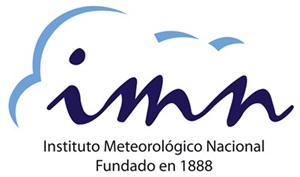Climatological encyclopedia
The Climate Atlas of Costa Rica is a spatial compendium of climate information provided through the mapping of different meteorological variables (rain, temperature, radiation, wind, etc.), which becomes another input that IMN makes available to the country in order to contribute to productivity improvement, to adaptation capacity and climate resilience, to climate variability and climate change, as well as a support document for impact analysis for the socioeconomic and environmental sectors.
This Atlas was developed using datasets available from the IMN weather station network, for the period 1961-1980. The climatic variables considered here are: total precipitation (monthly and annual), annual temperatures (average, maximum and minimum) and heliophany (March, June and annual averages). The unit of rain is the millimeter (mm), which is equivalent to one liter per square meter, and is measured by a rain gauge; the unit of temperature is the Celsius (° C) scale and is measured by thermometers, there is a different type of thermometer for each magnitude. Heliophany is the number of hours that a given place has received direct solar radiation, so it is also known as sunshine duration or sunshine hours, it is measured in units of hours by an instrument called heliograph.
All maps are digitized in a geographic information system (GIS) format, for easy management of the stored spatial information. In this atlas, the synthesized information will be presented in the form of high resolution images at a geographical scale of 1: 1,600,000.


